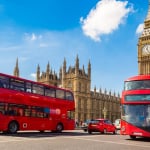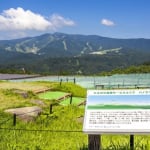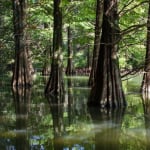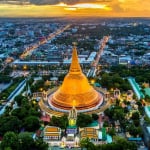Name: Kōsanji Temple
Address: 553-2 Setoda, Setoda-cho, Onomichi City, Hiroshima Prefecture, Japan
Official Website: http://www.kousanji.or.jp/
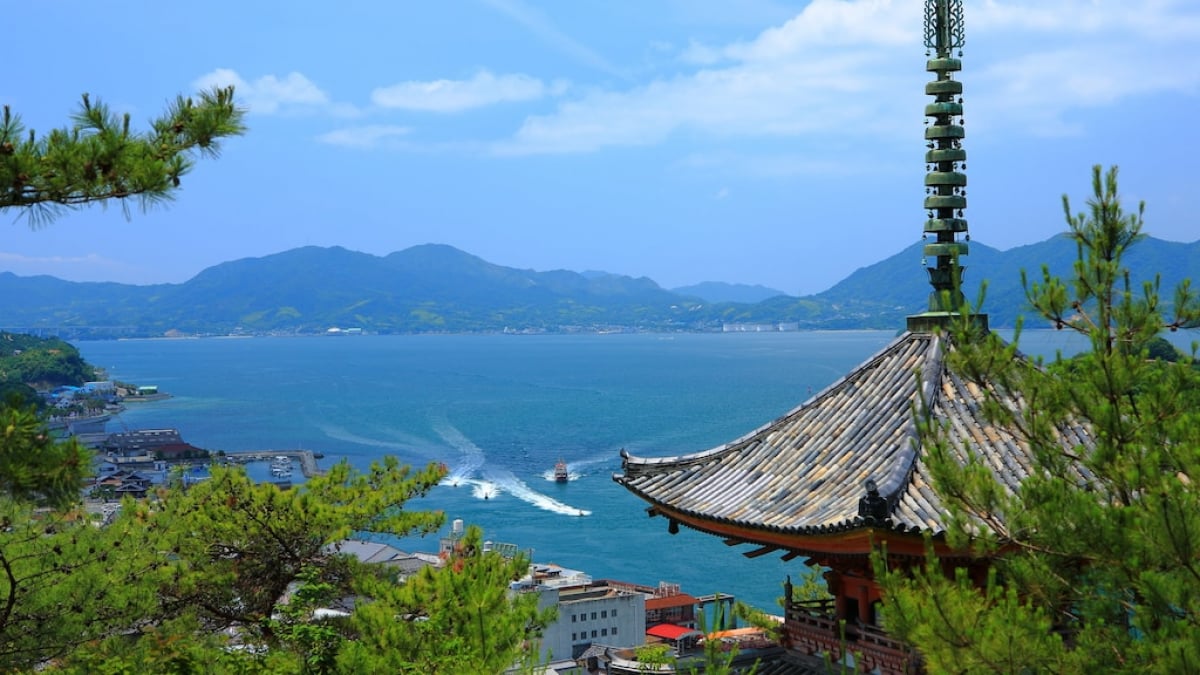
Ikuchi Island: The “Island of Gods” in Onomichi, Home to Kosanji Temple and Other Must-Visit Attractions
Ikuchi Island is one of the Geiyo Islands floating in the Seto Inland Sea. It serves as a key stop along the Shimanami Kaido and is often referred to as the "Island of Gods." This name originates from historical records stating that before Itsukushima Shrine was established on Miyajima, a temporary shrine was built on Ikuchi Island. Even today, Itsukushima Shrine can be found in Setoda Town on the island.
Additionally, Ikuchi Island is the birthplace of the renowned Japanese painter Ikuo Hirayama, who was honored as a distinguished citizen of Hiroshima Prefecture. A museum dedicated to his works has become a popular tourist attraction.
In this guide, we’ll introduce four must-visit spots on Ikuchi Island that showcase its cultural and historical significance.
table of contents
[x] close
Ikuchi Island: The “Island of Gods” in Onomichi, Home to Kosanji Temple and Other Must-Visit Attractions
- 1. The Largest Tourist Attraction on Ikuchijima: Kōsanji Temple, the "Nikko of the West," a Testament to Maternal Love
- 2. A Slice of the Aegean Sea in Japan: Kōsanji Museum & Miraishin no Oka
- 3. Hirayama Ikuo Museum of Art: Discover the Japanese Paintings Inspired by the Scenic Seto Inland Sea
- 4. Choonzan Kojoji Temple: A Must-See Three-Storied Pagoda on Ikuchijima, One of the Chugoku 33 Kannon Pilgrimage Sites
- ◎ Summary
1. The Largest Tourist Attraction on Ikuchijima: Kōsanji Temple, the "Nikko of the West," a Testament to Maternal Love
Kōsanji Temple, often called the "Nikko of the West," is the most famous tourist attraction on Ikuchijima Island. Founded by Kōsan Kōsanji, this magnificent temple was built to honor his beloved mother’s spirit. A true testament to maternal love, Kōsanji Temple replicates architectural elements from renowned temples across Japan.
Belonging to the Jodo Shinshu Honganji sect, the temple enshrines Amida Nyorai as its principal deity. Among its treasures, the wooden statue of Amida Nyorai and many other artifacts have been designated as Important Cultural Properties of Japan. Visiting Kōsanji Temple feels like touring the most famous temples across the country in one place.
2. A Slice of the Aegean Sea in Japan: Kōsanji Museum & Miraishin no Oka
The Kōsanji Museum, located within Kōsanji Temple, showcases an extensive collection of valuable treasures and artworks gathered by its founder, Kanemoto Kōsan. Serving as both a temple and a museum, Kōsanji offers visitors a unique experience of Japan’s cultural heritage.
The museum displays several Important Cultural Properties, including standing and seated statues of Amida Nyorai and Shakyamuni Buddha. Admission to these cultural treasures is included in a combined ticket, which also grants access to the breathtaking Miraishin no Oka ("Hill of Hope").
Designed by renowned Hiroshima-born sculptor Itto Kuetani, Miraishin no Oka is an artistic marvel made entirely of Italian marble. Its dazzling white landscape resembles the iconic scenery of Mykonos, Greece. With the panoramic view of the Seto Inland Sea stretching before you, it might even feel like gazing out at the Aegean Sea.
Name: Kōsanji Museum & Miraishin no Oka
Address: 609 Setoda, Setoda-cho, Onomichi City, Hiroshima Prefecture, Japan
Official Website: http://www.kousanji.or.jp/hill_of_hope.html
3. Hirayama Ikuo Museum of Art: Discover the Japanese Paintings Inspired by the Scenic Seto Inland Sea
Ikuchijima Island is home to one of Japan’s most renowned painters, Hirayama Ikuo. Born in 1930 in Setoda Town, Onomichi City, he later became the president of the Tokyo University of the Arts. Spending his childhood on Ikuchijima, the beauty of the Seto Inland Sea became the foundation of his artistic journey. The Hirayama Ikuo Museum of Art, located in his hometown of Setoda, offers a glimpse into the profound connection between his works and the rich natural landscape of Setouchi.
The museum houses a diverse collection spanning his early childhood works up to age 15, as well as his formative pieces as a young artist. Visitors can also view preparatory sketches that showcase his thought process and creative approach. Among his most iconic works, "The Arrival of Buddhism" (1959), a masterpiece that defines Hirayama’s artistic legacy, is a must-see. This powerful painting, depicting the introduction of Buddhism to Japan, is displayed as a full-scale ceramic reproduction, allowing visitors to appreciate its grandeur. Created while he was suffering from radiation sickness caused by the atomic bomb, this piece encapsulates his artistic and personal struggles, making it a deeply moving experience.
Name: Hirayama Ikuo Museum of Art
Address: 200-2 Sawa, Setoda-cho, Onomichi City, Hiroshima Prefecture, Japan
Official Website:http://hirayama-museum.or.jp/
4. Choonzan Kojoji Temple: A Must-See Three-Storied Pagoda on Ikuchijima, One of the Chugoku 33 Kannon Pilgrimage Sites
Ikuchijima is home to numerous historical temples and shrines beyond the famous Kosanji Temple. Among them is Choonzan Kojoji Temple, one of the sacred sites in the Chugoku 33 Kannon Pilgrimage, founded in 1403. Located on the slopes of Choonzan Park, the temple offers a breathtaking view of the Seto Inland Sea. It is said that Hirayama Ikuo, a renowned Japanese painter, frequently visited this spot during his childhood to sketch the stunning scenery.
The temple’s principal deity is Kanzeon Bosatsu (Avalokiteshvara Bodhisattva). The three-storied pagoda, designated as a National Treasure of Japan, is a key highlight for visitors. Additionally, the bronze temple bell, a Hiroshima Prefecture-designated Important Cultural Property, is also on display. At the summit of the mountain lies an open park, while the Jizo statues along the pilgrimage path provide guidance to visitors, adding to the tranquil and serene atmosphere.
Name: Choonzan Kojoji Temple
Address: 57 Setoda, Setoda-cho, Onomichi City, Hiroshima Prefecture, Japan
Official Website: http://www.genets.co.jp/u1/KOJOJI/
◎ Summary
Ikuchijima is centrally located along the Shimanami Kaido, the scenic expressway connecting Onomichi in Hiroshima Prefecture to Imabari in Ehime Prefecture. As a border island, it is connected to Oshima Island in Ehime by Tatara Bridge, the longest cable-stayed bridge in Japan. Setoda PA, which offers stunning views of this architectural marvel, is also one of the island's top attractions. With its rich history and breathtaking scenery, Ikuchijima offers endless exploration opportunities—come and discover more of its hidden gems!
RELATED ARTICLES
REGIONS
CATEGORIES
FEATURED ON Hiroshima
-

Where will you go for the summer vacation? Introducing recommended spots for domestic travel
-
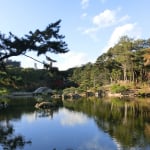
A Chill Spot in Hiroshima City!? A Complete Guide to the Highlights of Shukkeien Garden
-

【Hiroshima】Tourist information for Orizuru Tower|Introducing sightseeing spots in the city center
-

6 recommended tourist spots in Tomonoura, a historical area in Fukuyama City, Hiroshima Prefecture
-
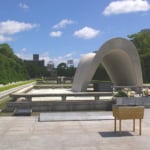
Tourist information on Hiroshima Peace Memorial Park|Introducing the highlights!
MOST POPULAR ON Hiroshima
-
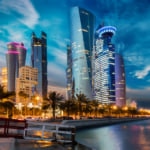 1
1Doha: Must-see Attractions in the Capital of Qatar
-
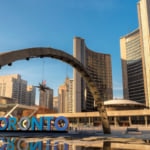 2
2Toronto: 10 Things to do in this Picturesque Canadian City
-
 3
3Amarillo: A City Famous for It’s Amazing Canyons, Great History and Music
-
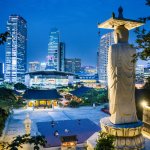 4
4South Korea: Dazzling Scenery, Rich Culture and Fascinating History
-
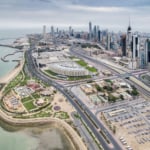 5
5Kuwait: A Country in Middle East Asia Famous for Hot Sand Dunes and Stunning Cityscape

